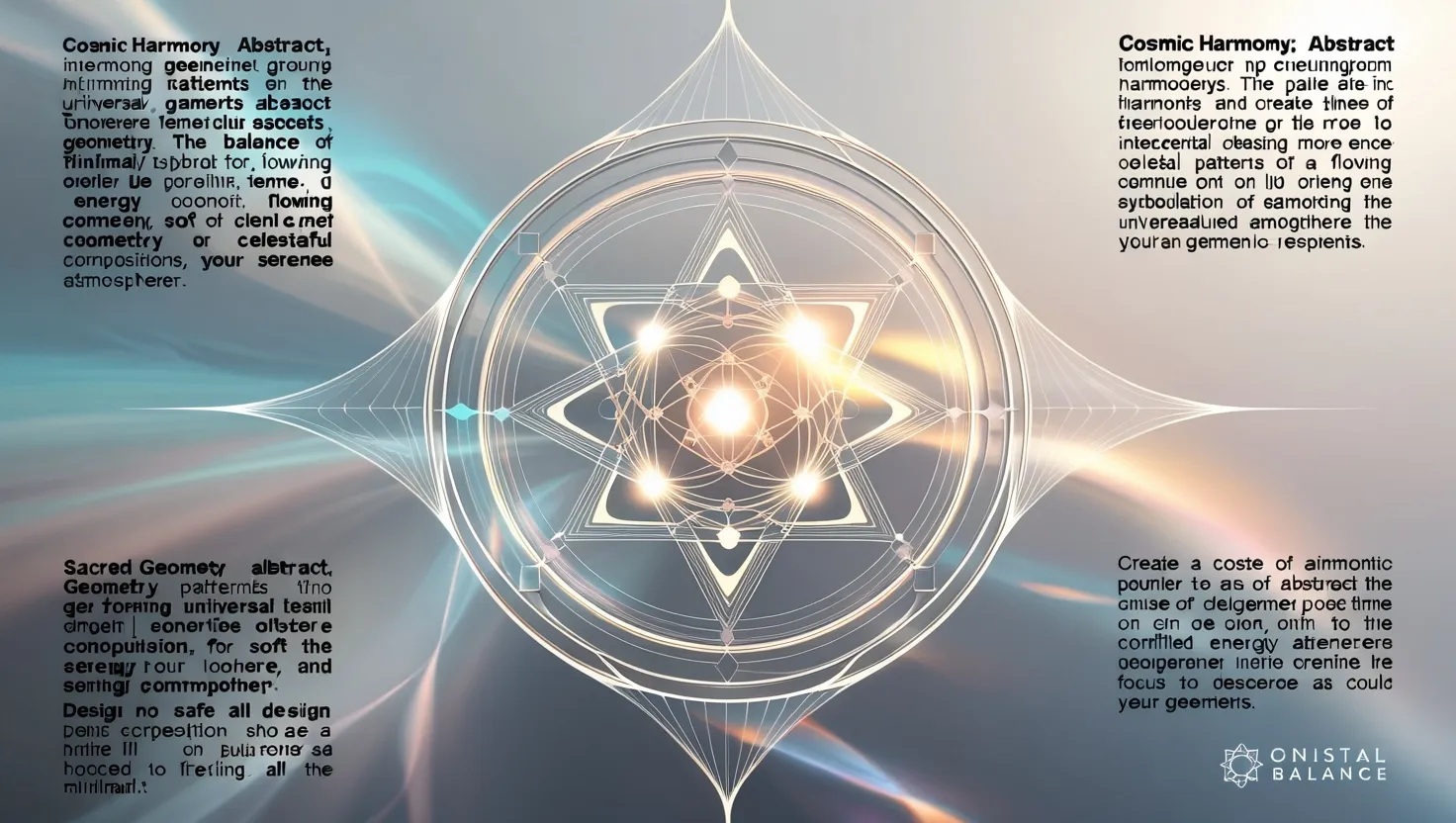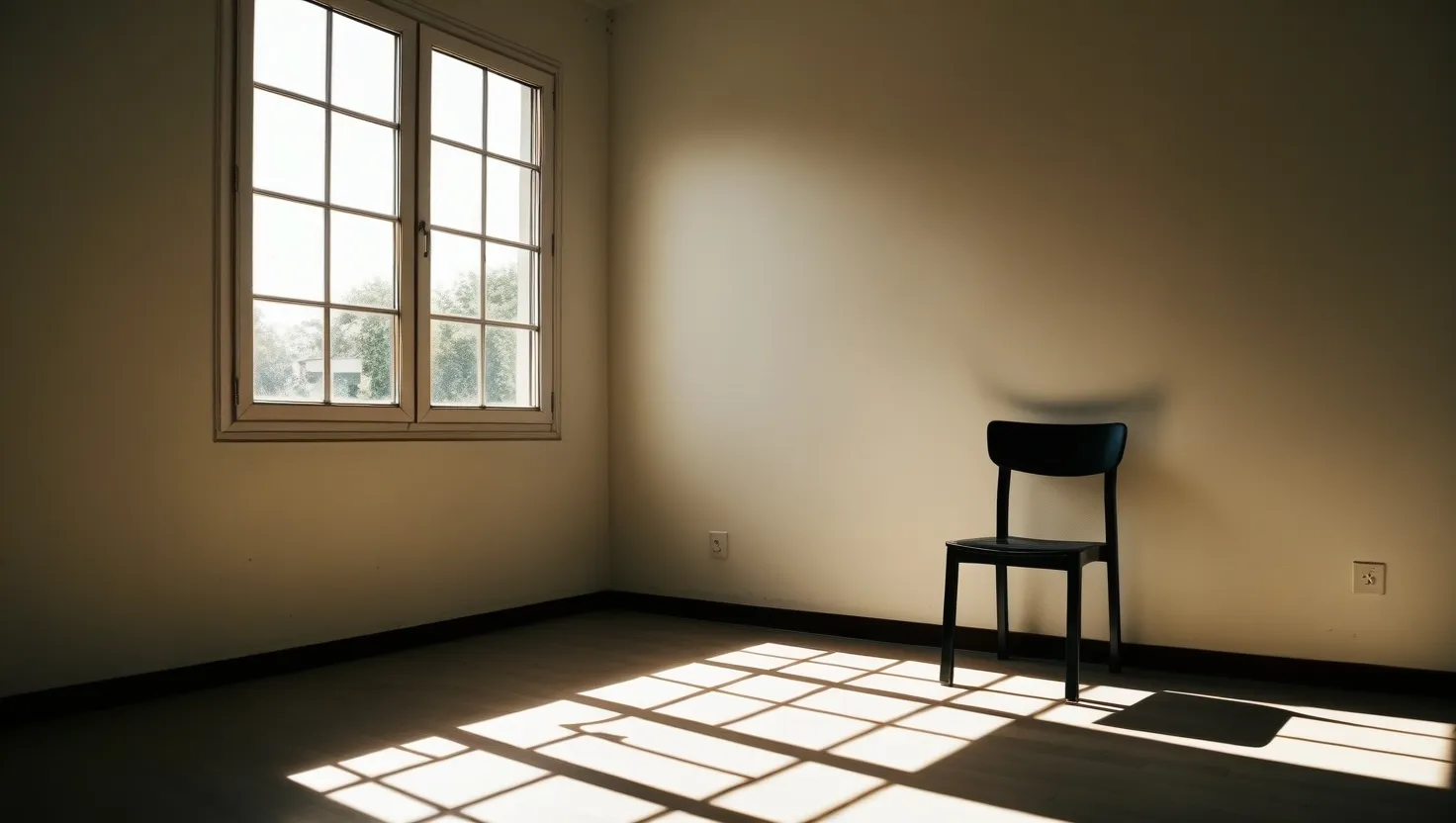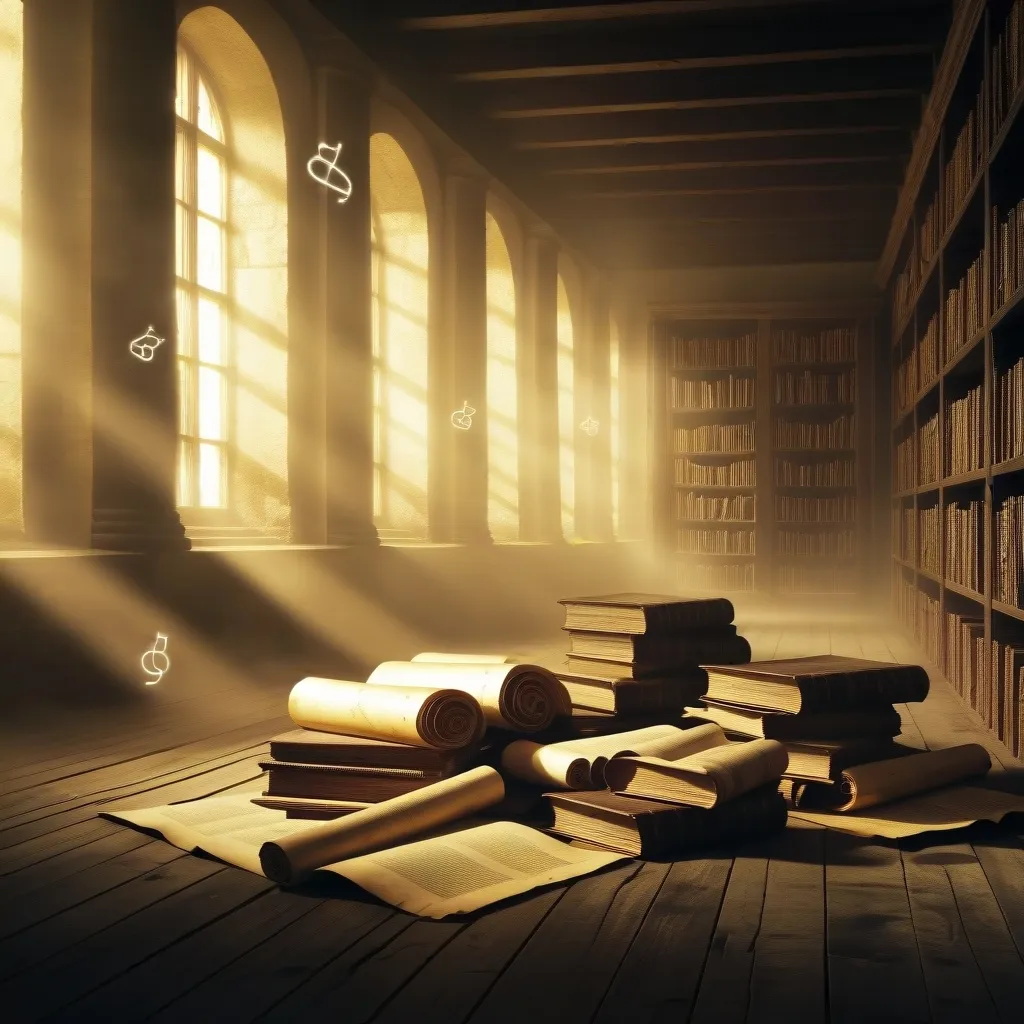As we delve into the intricate and profound world of Advaita Vedanta, a concept that often stands out for its simplicity and depth is that of Pratibimba, or the theory of reflection. This idea, while not as widely discussed as some other Vedantic principles, offers a unique and compelling lens through which to understand the nature of reality, the self, and the intricate dance between the absolute and the apparent.
Imagine standing in front of a mirror, gazing at your reflection. The image you see is not the real you, yet it bears an uncanny resemblance. This everyday experience is the foundation of the Pratibimba theory, which posits that the individual self, or jiva, is merely a reflection of the ultimate, non-dual consciousness known as Brahman.
In Advaita Vedanta, Brahman is the ultimate reality, the unchanging and all-encompassing consciousness that underlies all existence. The jiva, on the other hand, is seen as a reflection of this Brahman, much like the image in the mirror. This reflection is not the original but shares its properties and essence. Just as a mirror reflects the sun’s light and heat, though not to the same degree, the jiva reflects the consciousness of Brahman, albeit with limitations and distortions imposed by the medium of the mind and body.
The concept of Pratibimba is rooted in the idea that there is only one true reality – Brahman. However, due to the influence of ignorance (avidya), this reality appears to be fragmented into multiple individual selves. This fragmentation is akin to seeing multiple reflections of the sun in different bodies of water; each reflection is distinct yet connected to the same source.
Shankara, one of the most influential figures in Advaita Vedanta, extensively used the mirror analogy to explain this concept. He likened the individual soul to a reflection of the highest Self, just as the sun’s image appears in water. This reflection is neither the original nor entirely different from it; it is an appearance that arises due to the presence of a reflecting medium – in this case, the mind and body.
The purity of the reflecting medium plays a crucial role in the quality of the reflection. A clean, polished mirror reflects the image clearly, while a dirty or distorted mirror produces a flawed reflection. Similarly, the clarity and purity of the mind determine the quality of the reflection of Brahman within the individual. A mind clouded by ignorance and ego will produce a distorted reflection, while a clear and pure mind will reflect the true nature of Brahman more accurately.
This theory also addresses the paradox of unity and diversity. In the mirror analogy, the multiple reflections of the sun do not confuse or overlap each other; each reflection is distinct yet connected to the same source. Similarly, in the world, individual selves appear distinct but are ultimately reflections of the same Brahman. This understanding reconciles the apparent multiplicity of the world with the ultimate unity of Brahman.
The concept of Pratibimba is not just a philosophical abstraction; it has practical implications for self-inquiry and spiritual growth. By recognizing that the individual self is a reflection of the ultimate reality, one can begin to see through the illusions that separate us from our true nature. This realization can lead to a deeper understanding of the interconnectedness of all things and the illusory nature of the distinctions we make.
In Kashmir Shaivism, another non-dual tradition, the concept of Pratibimba is explored with a slightly different nuance. Here, the reflection is seen as real but dependent on the original. Shiva, the ultimate consciousness, is said to reflect in the mirror of his own consciousness, creating the world. However, this reflection is one-way; the world cannot reflect back to Shiva in the same way. This analogy underscores the idea that the world is a projection of consciousness, yet it is not the consciousness itself.
The theory of Pratibimba also touches on the nature of reality and illusion. The reflection in the mirror is not the real thing but has a utility of its own; it allows us to see ourselves, to understand our appearance. Similarly, the world, though an illusion, has its own utility. It provides a platform for us to experience, learn, and ultimately realize our true nature.
In exploring Pratibimba, we are invited to ponder the relationship between the subject and the object, the observer and the observed. The world we perceive is a projection of our own subjectivity, a reflection of our consciousness. This understanding can lead to a profound shift in how we view reality and our place within it.
As we reflect on the concept of Pratibimba, we are reminded that ancient seers used everyday experiences to convey profound truths. The mirror, a common tool for personal grooming, becomes a powerful metaphor for understanding the deepest mysteries of existence. By delving into this concept, we not only deepen our appreciation for Advaita philosophy but also gain practical insights for our own spiritual journeys.
In the end, the theory of Pratibimba is an invitation to look beyond the surface level of reality, to see the world and ourselves as reflections of a deeper, unchanging truth. It is a reminder that our individual selves are not isolated entities but interconnected reflections of the ultimate consciousness that underlies all existence. As we navigate the complexities of life, this understanding can offer a sense of unity, clarity, and purpose, guiding us toward a deeper realization of our true nature.






